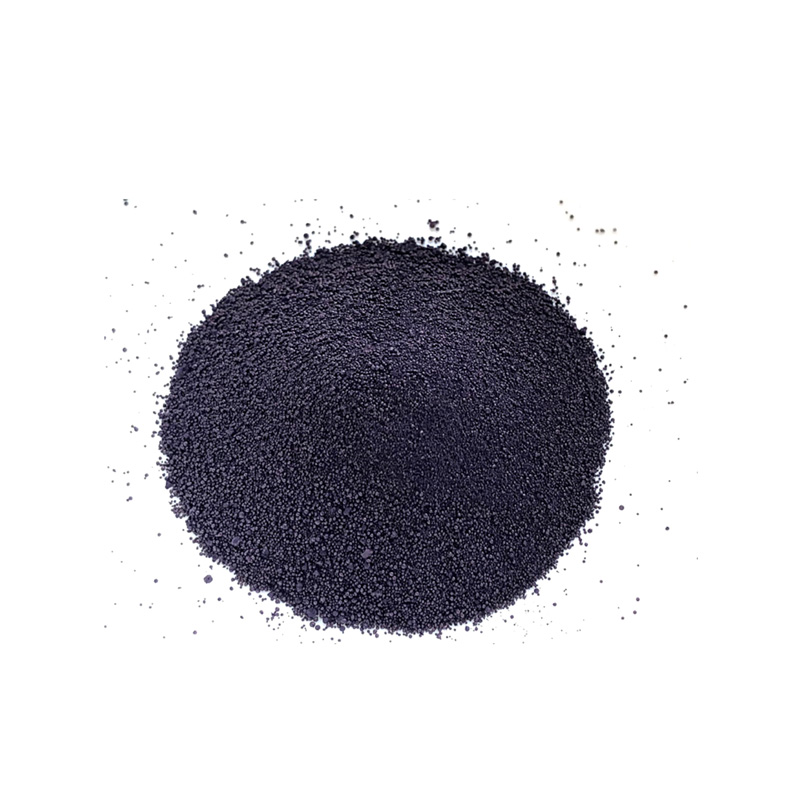Exploring the Art and Science Behind Denim Indigo Dyeing Techniques and Their Cultural Significance
The Art and Science of Denim Indigo Dye
Denim is more than just a fabric; it is a cultural phenomenon that has transcended generations and transformed fashion. At the heart of denim lies the indigo dye, a rich, deep blue color that has become synonymous with this iconic textile. The use of indigo dye in denim is not just a matter of aesthetics; it is a complex interplay of artistry, chemistry, and tradition.
The Art and Science of Denim Indigo Dye
The process of creating denim begins with robust cotton fibers, which are spun into yarn and woven into a sturdy twill structure. Traditionally, denim is dyed using indigo in a technique known as rope dyeing. In this method, the yarn is twisted into ropes and submerged multiple times in a vat of indigo dye. This allows for the accumulation of the dye’s rich color, while the inner fibers remain undyed, leading to a dynamic contrast once the garment is washed and worn. The result is a fabric that not only boasts a stunning hue but also develops character with age.
denim indigo dye

One of the most fascinating aspects of indigo dye is its ability to create unique color variations and patterns. Each garment has its own story to tell, as the dyeing process is influenced by factors such as temperature, dye concentration, and even the specific cotton used. Denim connoisseurs often seek out raw or unsanforized denim, which maintains the integrity of the indigo dye and will fade uniquely over time, contributing to a personalized visual narrative. The gradual fading process, from deep indigo to pale blue, is often likened to a map of the wearer’s experiences.
In recent years, the revival of interest in handcrafted and sustainable fashion practices has spotlighted indigo dyeing once again. Artisans are rediscovering traditional dyeing methods, and brands are exploring natural indigo alternatives as consumers become increasingly aware of the environmental impact of synthetic dyes. Natural indigo derived from the indigofera plant not only offers a less harmful option but also aligns with the ethos of slow fashion, where the value is placed on quality and craftsmanship rather than fast production cycles.
Moreover, the cultural significance of indigo dye extends beyond textiles. It has emerged as a symbol of identity and resistance across various cultures. For instance, in West Africa, indigo dyeing is a cherished tradition that often involves community collaboration, where individuals come together to dye cloth and celebrate their heritage. In the United States, indigo-dyed textiles became emblematic of the working class, particularly during the rise of denim jeans as a staple for laborers in the late 19th century.
In conclusion, the journey of denim and indigo dye is a captivating story that intertwines history, artistry, and identity. As we navigate the modern landscape of fashion, the appreciation for indigo dye and its transformative qualities remains vibrant, reminding us of the importance of craftsmanship and the narratives woven into every thread of denim. Whether you see it as a symbol of rebellion, a canvas for self-expression, or a testament to heritage, indigo dye will continue to inspire and influence the fabric of our lives.
-
The Timeless Art of Denim Indigo Dye
NewsJul.01,2025
-
The Rise of Sulfur Dyed Denim
NewsJul.01,2025
-
The Rich Revival of the Best Indigo Dye
NewsJul.01,2025
-
The Enduring Strength of Sulphur Black
NewsJul.01,2025
-
The Ancient Art of Chinese Indigo Dye
NewsJul.01,2025
-
Industry Power of Indigo
NewsJul.01,2025
-
Black Sulfur is Leading the Next Wave
NewsJul.01,2025

Sulphur Black
1.Name: sulphur black; Sulfur Black; Sulphur Black 1;
2.Structure formula:
3.Molecule formula: C6H4N2O5
4.CAS No.: 1326-82-5
5.HS code: 32041911
6.Product specification:Appearance:black phosphorus flakes; black liquid

Bromo Indigo; Vat Bromo-Indigo; C.I.Vat Blue 5
1.Name: Bromo indigo; Vat bromo-indigo; C.I.Vat blue 5;
2.Structure formula:
3.Molecule formula: C16H6Br4N2O2
4.CAS No.: 2475-31-2
5.HS code: 3204151000 6.Major usage and instruction: Be mainly used to dye cotton fabrics.

Indigo Blue Vat Blue
1.Name: indigo blue,vat blue 1,
2.Structure formula:
3.Molecule formula: C16H10N2O2
4.. CAS No.: 482-89-3
5.Molecule weight: 262.62
6.HS code: 3204151000
7.Major usage and instruction: Be mainly used to dye cotton fabrics.

